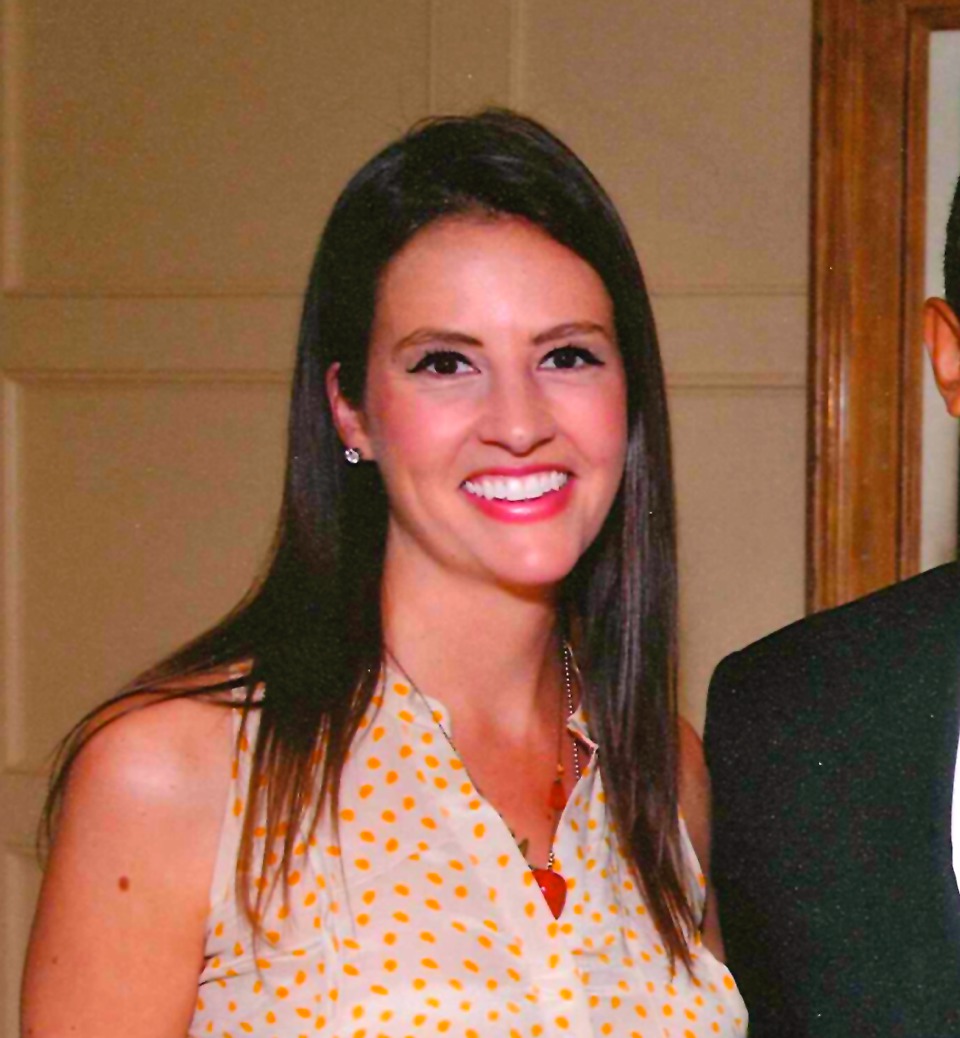This month we speak with Lark Coffey, PhD, Assistant Professor, Center for Vectorborne Diseases, Department of Pathology, Microbiology and Immunology, School of Veterinary Medicine, University of California, Davis. Coffey has been a member of ASTMH for 12 years and is actively involved with the American Committee on Arthropod-Borne Viruses (ACAV).
 1) You’re an active member of the Society, including the subgroup ACAV. With a busy life full of demands, why is this something you make time for?
1) You’re an active member of the Society, including the subgroup ACAV. With a busy life full of demands, why is this something you make time for?
I believe in the collaborative environment and emphasis on education and training promoted by ASTMH. The Annual Meeting and ACAV activities are a wonderful place to visit with colleagues and to hear about current research. The meeting provides a regular setting to maintain contact with and follow the evolving science of fellow scientists. The symposium talks by ACAV members are a regular source of inspiration. The Annual Meeting fuels my excitement for studying arboviruses.
2) Some of your work concerns host specialization in arboviruses. To that end, what is one of that most interests you in that area of study right now?
Arboviruses that cycle between vertebrate and invertebrate hosts are subjected to unique evolutionary constraints by having to infect two disparate types of hosts. Historically, arbovirus genetics has only focused on understanding the phenotypic role of the consensus (average) viral genome in a mixed population. This approach vastly underrepresents the actual population diversity of RNA viruses, which exist as a swarm of closely related genomes that may express different host-specific phenotypes.
I am interested in better understanding the nature and function of viral genetic diversity in the swarm as it relates to arbovirus host specialization, dual-host cycling, and cross-species transmission. Recent technological advances now enable population sequencing at great depth to allow us to better study virus populations.
3) Also, on the topic of virus evolution, is there a mentor or person who has most influenced your thinking?
My Ph.D. mentor, Dr. Scott Weaver, played a fundamental role teaching me about arbovirus evolution propelling me into a career in the field. He also introduced me to the ASTMH and encouraged my annual attendance at meetings. Through his support, I was able to gain broad experience doing arbovirus ecology and genetics at tropical field sites and in laboratory settings.
4) A question for the non-science audience: why is the work you and your colleagues do important on a national and global scale?
Arboviruses are a scourge on human and veterinary health and we lack tools to prevent infection or treat illnesses most arboviruses cause. Epidemics caused by West Nile virus and the recent expansion of chikungunya virus in the Western Hemisphere highlight the need to better understand their ecologies, transmission cycles, and emergence. Uncovering the evolutionary dynamics of these pathogens, will allow us to develop novel mechanism to prevent and mitigate infections.
5) Congratulations on your tenure-track position. What guidance or advice helped you get to this point that up-and-coming researchers might find useful?
First, find a niche in a topic that really interests you and focus on generating good science. Second, let fellow scientists know what you are up to – the ASTMH Annual Meeting is an excellent avenue for networking, promoting your research, and finding job opportunities. Third, once you find a job posting, maximize your success by showing the search committee you are a “good fit” in the department and institution. This can be accomplished by identifying institutional partners as future collaborators.
In my own experience, I think the search committee at UC Davis appreciated my willingness to maintain and promote the continued development of the great body of excellent arbovirus research in California conducted previously by Bill Reisen, Aaron Brault, and others.
6) Now for the fun question. You get the opportunity to go back in time. You can either have a conversation with any scientist who has ever lived OR observe a moment of scientific history. What would you choose and why?
I would love to have been present to witness Dutch scientist Antonie van Leeuwenhoek using handcrafted magnifying glasses as microscopes in the 1600s to study biological fluids. van Leeuwenhoek was not the first to make microscopes, but he used them to discovered bacteria, free-living and parasitic microscopic protists, sperm and blood cells, microscopic nematodes and rotifers. It must have been amazing to realize for the first time that there was minute life-termed “animalcules” by van Leeuwenhoek-inside humans and animals.
-----
ASTMH members are the best and the brightest in their field. Our member interviews highlight our diverse and growing membership. To read other member profiles, click here.